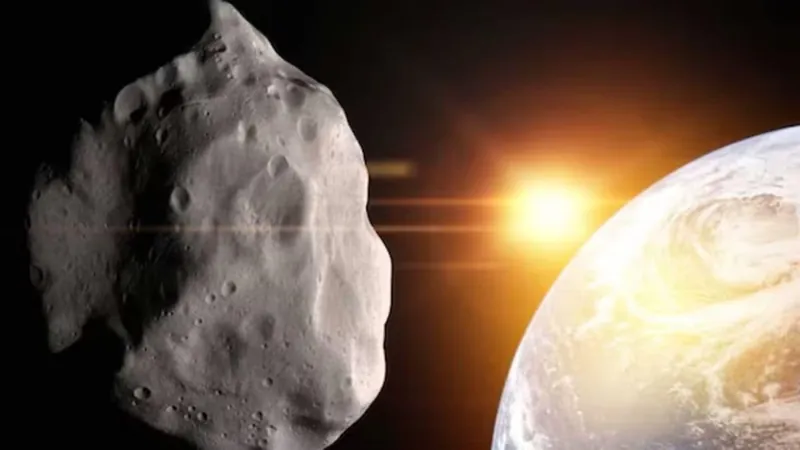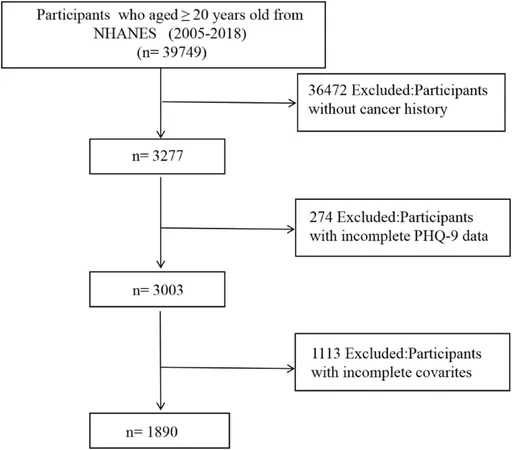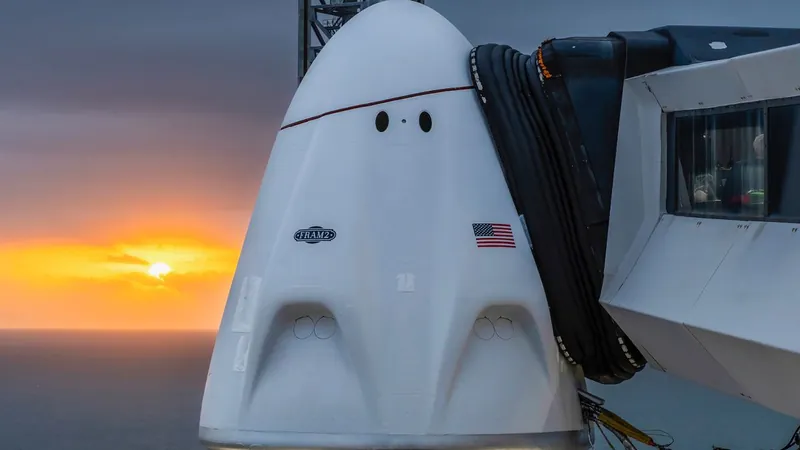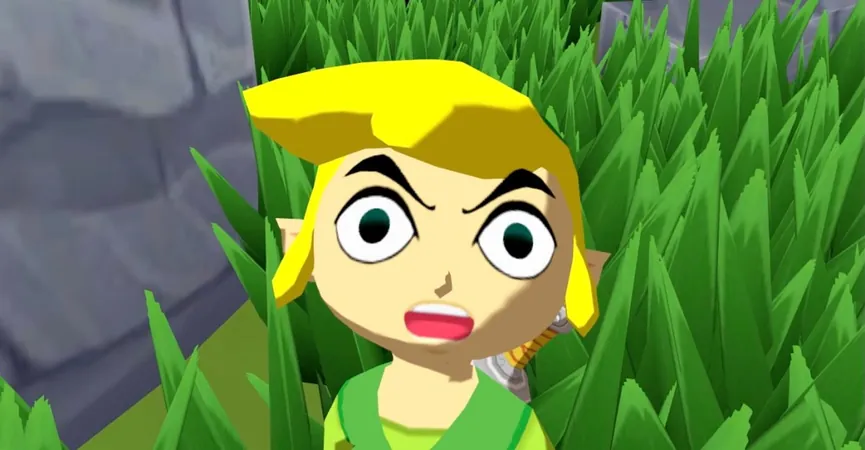
‘City-Killer’ Asteroid YR4 Likely to Miss Earth in 2032, But Its Threat Remains
2025-03-31
Author: Jacob
‘City-Killer’ Asteroid YR4 Likely to Miss Earth in 2032, But Its Threat Remains
Astronomers made a significant discovery in late 2024 when they identified an asteroid designated 2024 YR4 on a trajectory that initially raised concerns about a possible collision with Earth. This asteroid, which could measure between 40 to 90 meters in diameter, earned the nickname "city-killer" due to its potential to cause regional devastation and alter climate conditions should it ever impact our planet. Thankfully, further observations have confirmed that 2024 YR4 will not collide with Earth in the foreseeable future; however, a lunar impact remains a possibility.
Adding intrigue to the discussion, a more massive asteroid, 887 Alinda, was recently noted to be over four kilometers wide—capable of triggering a global extinction event if it were to collide with Earth. While Alinda’s path lies just outside of Earth’s orbit, 2024 YR4 crosses it, maintaining a level of risk that should not be dismissed.
Understanding Asteroid Patterns: The Kirkwood Gaps
Both 887 Alinda and 2024 YR4 orbit the sun at a ratio of three to one compared to Jupiter's orbit. Jupiter takes 12 years to complete a full orbit, meaning these asteroids cycle back to similar paths approximately every four years, with the next significant orbit alignment set for 2028. This consistency makes them noteworthy in discussions about asteroid threats.
Asteroid 887 Alinda was first discovered in 1918, while 2024 YR4 has been making near passes every four years since 1948, albeit without much fanfare until recently. The phenomenon of "Kirkwood gaps," identified by American astronomer Daniel Kirkwood in the late 1800s, explains why certain asteroids align in a particular manner with their orbital paths. These gaps represent areas in the asteroid belt where few asteroids are found, attributed to gravitational interactions with Jupiter that can eject them into paths that contribute to potential collisions with Earth or other inner planets.
The Risks of Alinda-Class Asteroids
Alarmingly, Alinda-class asteroids, such as 2024 YR4, pose additional risks because their predictable near passes happen every four years. While close passes of such asteroids are spaced out by years, the danger escalates when conditions align, allowing for potential impacts. Unlike many other asteroids, both 2024 YR4 and Alinda have orbits that closely align with the plane of Earth’s orbit, heightening the likelihood of encounters.
Fortunately, the upcoming close pass of 2024 YR4 slated for 2032 will kick it out of its resonant orbit, thus reducing the frequency of its returns. However, this will not entirely eliminate its risk; future approaches in 2052 and beyond are still on the astronomers' radar, though such calculations are subject to a higher degree of uncertainty.
Watch Out for Other Potential Threats
While Earth may seem like a small target in the vastness of space, it does experience asteroid strikes. The most recent notable incident occurred over Chelyabinsk, Russia, in 2013, where a previously undetected asteroid injured many due to its shock wave causing damage. In 1908, an even larger explosion devastated a remote area in Siberia, demonstrating the real threat that these celestial bodies can pose.
Keeping Vigilance Through Observational Technology
To counter these threats, astronomers are diligently observing the night sky, but upcoming space-based surveys such as the Near-Earth Object (NEO) surveyor, scheduled for launch in 2027, promise even more efficient asteroid detection methods. This spacecraft will utilize infrared technology to spot asteroids, making it possible to observe from the daytime sky—a significant improvement over ground-based observations.
According to Amy Mainzer, lead scientist on the NEO surveyor project, approximately 40% of asteroids large enough to cause severe damage remain unknown, underscoring the importance of these upcoming technologies. The survey aims to eventually identify 90% of hazardous asteroids and comets threatening Earth's orbit.
As the monitoring of asteroids continues to evolve, the need for caution and preparation remains crucial. The threat from resonant asteroids like 2024 YR4 may diminish in frequency, but their existence warrants ongoing scrutiny to safeguard our planet's future.









 Brasil (PT)
Brasil (PT)
 Canada (EN)
Canada (EN)
 Chile (ES)
Chile (ES)
 Česko (CS)
Česko (CS)
 대한민국 (KO)
대한민국 (KO)
 España (ES)
España (ES)
 France (FR)
France (FR)
 Hong Kong (EN)
Hong Kong (EN)
 Italia (IT)
Italia (IT)
 日本 (JA)
日本 (JA)
 Magyarország (HU)
Magyarország (HU)
 Norge (NO)
Norge (NO)
 Polska (PL)
Polska (PL)
 Schweiz (DE)
Schweiz (DE)
 Singapore (EN)
Singapore (EN)
 Sverige (SV)
Sverige (SV)
 Suomi (FI)
Suomi (FI)
 Türkiye (TR)
Türkiye (TR)
 الإمارات العربية المتحدة (AR)
الإمارات العربية المتحدة (AR)